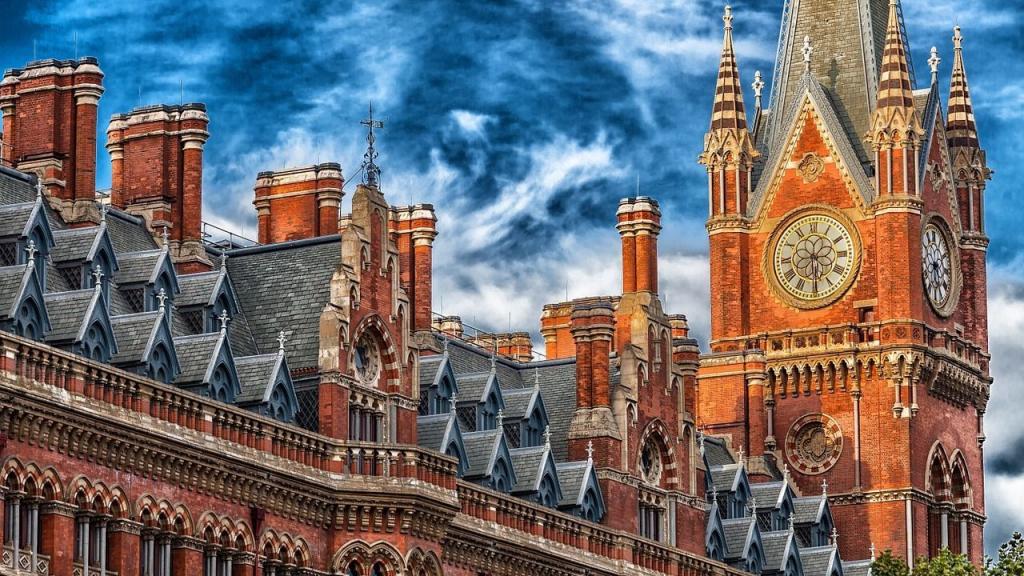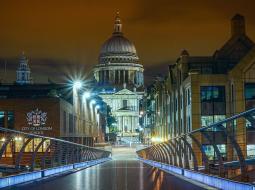Thessaloniki gets ready for its metro launch in November
The underground rapid transit lines have been under construction for almost two decades due to various project delays
 TheMayor.EU logo
TheMayor.EU logo 
The London region, especially the part close to the banks of river Thames, has been continuously inhabited since the Bronze Age. This is heavily supported by archeological evidence discovered recently in the area. Over the course of the 5th century, London, then called Lundenwic, was developing under Anglo-Saxon rule. It soon grew into a major trade center boasting a huge port, which, however, was often subjected to Viking raids. During the Middle Ages London grew and prospered and became one of Europe’s best developed and largest cities. However, many natural disasters have struck the English capital, some of the most disastrous including the Black Death, which took the lives of almost a third of London’s population. The Early modern period was marked by yet another wave of plague as well as the famous Great Fire of London which burned down to the ground may of city's wooden buildings. The 19th century heralded the start of the Industrial Revolution which led to the creation of many of London's railroads and other giant infrastructure projects. In the 20th and 21st century the British capital developed into one of the most prosperous cities in the world.
London, the capital of the United Kingdom of Great Britain and Northern Ireland is the largest city in the European Union. It is located in the southern part of the island and its area is 1578 sq.km. It is 35 meters above sea level. The population of the city is over 20 million. Through the center of the city passes the River Thames which divides the capital in a northern and a southern part. London is divided into 32 districts, 12 in the central areas with each district being governed by a district council. London is not to be confused with The City of London, which is an entirely separate administrative body, run by its own administration, the City of London Corporation, and has it own Lord Mayor.
The headquarters of some of the largest financial institutions are located in London. Major industries in London can be divided into old and new. Shipbuilding and machine building are part of the old but still existing and well-functioning sectors, while some of the new ones include automobile and aircraft manufacturing plants.

London is the main tourist destination on the island. The city broke all its previous tourist visit records recently with 31.5 million people visiting the capital in 2015. Some of London's most famous tourist attractions are the Big Ben clock tower, the Tower of London, Tower Bridge, the incredibly rich museums and galleries, Buckingham Palace and many others. Entry into most of these top tourist destinations is free of charge. The city has many parks, the largest one being Hyde Park.
Address: The Queen's Walk,
London SE1 2AA
Working hours: 09:00am – 05:00pm